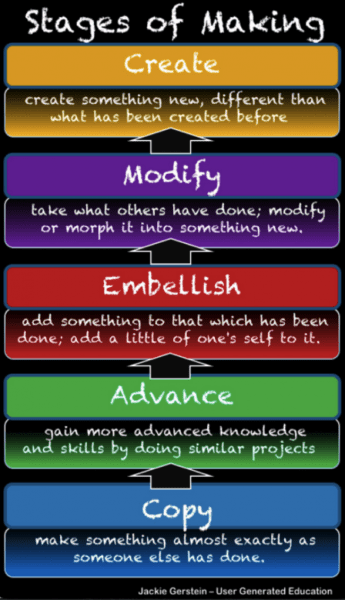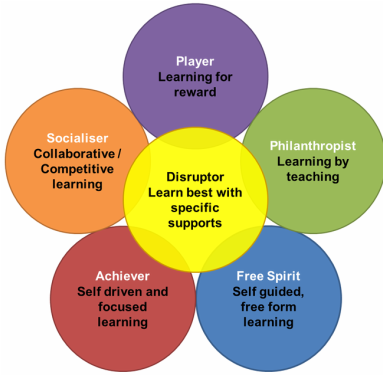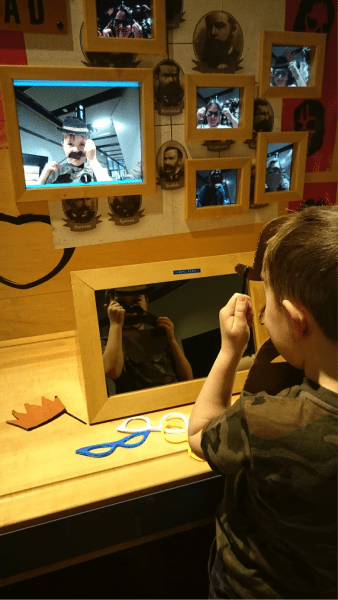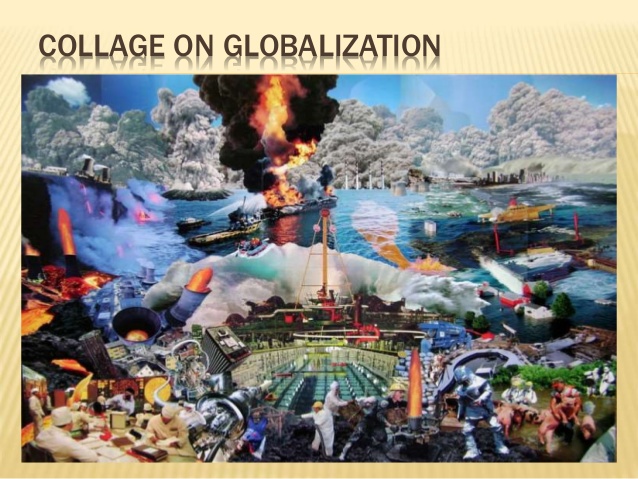After watching Sir Ken Robinson’s TED Talk, “Do Schools Kill Creativity?” in 2006, I have been actively looking and searching for creativity in schools. Are we seeing the evidence that creativity is as important as literacy in schools today? Is creativity dying a slow death in schools, if it was even there to begin with?
Sir Robinson told us that many brilliant people don’t think that they are brilliant, “because the thing that they were good at in school wasn’t valued.” He noted that brains work by connecting and interacting in many different ways and we aren’t encouraging similar connections and interactions through interdisciplinary studies in our schools. Is there evidence to support the existence of interdisciplinary studies in all of our schools?
My son has been reading the Unwanted book series. Throughout this series aimed at middle-school readers, creativity is seen as the most important ability in order to save the world. The series begins with a group of children being sent to their deaths because they are the “Unwanteds”. A person is “unwanted” based on the Quill’s society fixation on order, the lack of identity and limiting people’s abilities to think for themselves. However, instead of heading to their deaths, the “Unwanteds” are welcomed into a world called Artime, where creativity is seen as the most important ability in order to save the world.
Evidence that Creativity in Schools Can Save the World:
The “Maker Movement”
In Maker Spaces, students are provided with a wide variety of materials and encouraged to make or create something in order to experience learning in action which is guided by design thinking. The learner is encouraged to fail and persist through their own learning process in order to produce a desired outcome. Learning is based on designs, prototypes and first versions – very similar to our current technology market. Learners are encouraged to take their ideas and create a new product or item to change their world.
Jackie Gerstein’s “Stages of Making”

Copyright Jackie Gerstein, used with permission. https://usergeneratededucation.wordpress.com/2015/07/28/stages-of-being-a-maker-learner/
Maker Spaces are also motivated by crowd sourcing or participatory culture. This means that learners learn to support one another in creating learning opportunities for themselves – instead of a consumer based culture where learners consume the learning they are given.
Gamification
Similar to Maker Spaces, gamified classrooms encourage critical thinking. I recently listened to Scott Hebert present about how gamification has transformed his science classroom.
One of the key aspects of his learning was that every learner can be included in the gamification of a classroom – every learner has a role to play. Everyone is included in the learning process and encouraged to use their unique strengths and talents in order to create new learning opportunities for others.
Closing thoughts
In the Unwanted series, the Unwanteds are taught how to create magical weapons using drama, fine arts and design to defend their creative world. The Maker Movement promotes the idea that creating your own idea is the way to develop and extend your own learning. Unwanteds also set out on Quests to save other people from their hostile and totalitarian worlds. Gamification also encourages quests and collaborative learning adventures.
As we think back 10 years to Sir Robinson’s plea to promote creativity in schools, I am delighted to see some clear evidence of creativity in action. However, I still think we have a long way to go. Are we still killing creativity in our schools?
If you haven’t seen it, I urge you to watch the full TED talk:







The multidimensional nature of creativity is clearly described in the literature review produce by Claxton et al, as quoted in the 2014 report of the UNESCO_UNEVOC virtual conference on ‘Skills for the creative industries’(1). Efforts to nurture creativity in formal education at large and in vocational training in particular are happening worldwide. In UK the CCE (Creativity Culture & Education)(2) foundation is dedicated to unlocking the creativity of children and young people in and out of formal education. In India, the NULM (National Urban Livelihoods Mission) (3) is conducting training programmes in creative industries. In the USA a significant initiative called TechShop (4) is providing a playground for creativity by making available technology and access to equipment for anyone to create and innovate. It is called the Maker Movement and is believed to bring about powerful changes and having an effect on business and society, according to Mark Hatch (5) a pioneer of the movement.
The challenge is to connect these initiatives with local relevant industries by understanding training needs and offering programmes that facilitate the route to market.
(1) http://www.unevoc.unesco.org/up/2014eForum_Creative_Industries_Report.pdf
(2) http://www.creativitycultureeducation.org/
(3) http://nulm.gov.in/
(4) http://www.techshop.ws/
(5) https://twitter.com/MarkHatch